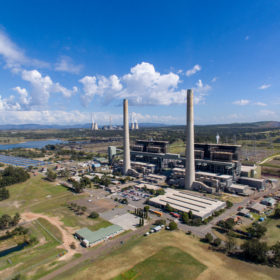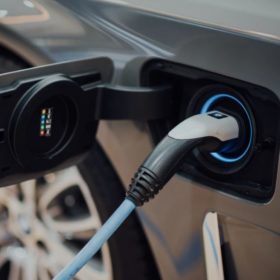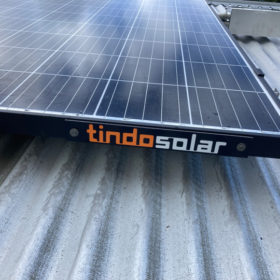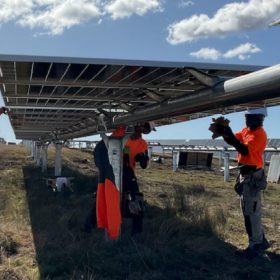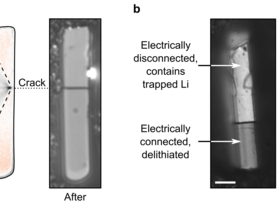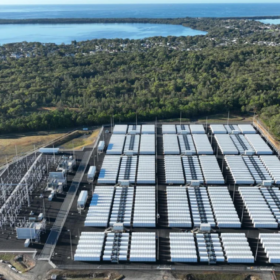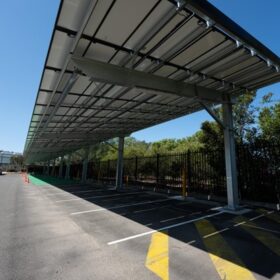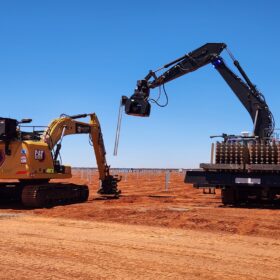Australia’s largest solar farm begins exporting to grid
A massive 400 MW solar farm being developed in Queensland’s Western Downs region by the Australian arm of French renewables developer Neoen is rapidly advancing toward full production with the project now exporting to the grid.
Unions call for energy authority to manage transition
Australia’s peak union body has called for the federal government to establish a national energy transition authority to help manage the shift from coal to a grid dominated by renewables.
Long-term, heat-based energy storage in aluminium
Nine partners from seven European countries are involved in the €3.6 million (AU$5.25 million) “Reveal” research project, which says buildings could be heated in the future by storing energy from PV, wind and water in aluminium.
Solar Philippines to build 4 GW solar farm in Nueva Ecija, Bulacan provinces
Solar Philippines, a Manila-based PV module manufacturer and project developer, is looking to secure at least 2,500 hectares of land to expand its 500 MW flagship solar project to 4 GW.
Weekend read: Hype and hope for solid-state batteries
Hype and hope for solid-state batteries (SSBs) continues to grow as industries from automotive to storage bet big on the technology. Leading battery manufacturers and a roll call of start-ups are jostling to get from lab to fab. The reality of SSBs is in question though. As Marija Maisch reports, the window of opportunity for the decades-old technology to make the next big step toward commercialisation is now.
Bowen unveils emissions strategy to drive EV uptake
The Australian government will seek to introduce vehicle fuel efficiency standards to help get more electric vehicles into the domestic market and improve affordability of as part of a push to encourage more people to take up the low-emissions cars.
Tindo unveils Australian-made 410 W solar panel with 20.6% efficiency
Australian module manufacturer Tindo Solar has unveiled a new solar panel based on M10 wafers for residential and business rooftop systems. The new addition to the company’s Karra range has a rated power of 410 W at 20.6% module efficiency and 23.1% cell efficiency.
ACEN’s $100 million funding deal boosts 20 GW portfolio plans
The Australian arm of Philippines-based energy company AC Energy has secured a $100 million loan facility which will be used to accelerate the development of clean energy projects in Australia with the company seeking to grow its renewables capacity to 20 GW by 2030.
Results of long-term study of module degradation released
In a study that began in 2016, scientists in the United States purchased 834 PV modules, representing seven manufacturers and 13 module types, and installed them in various climate conditions to observe their performance over time. The results show that, while plenty of opportunities still exist to extend module lifetimes and reduce performance loss in the field, reductions in the manufacturing cost of PV have not come with an increase in their degradation rate.
Optical microscopy technique to study prevention of battery failure
Researchers at the University of Cambridge have examined one of the fastest-charging anode materials by using a low-cost, lab-based optical microscopy technique. Their findings showed that particle fracture, which can reduce the storage capacity of a battery, is more common with higher rates of delithiation and in longer particles.

